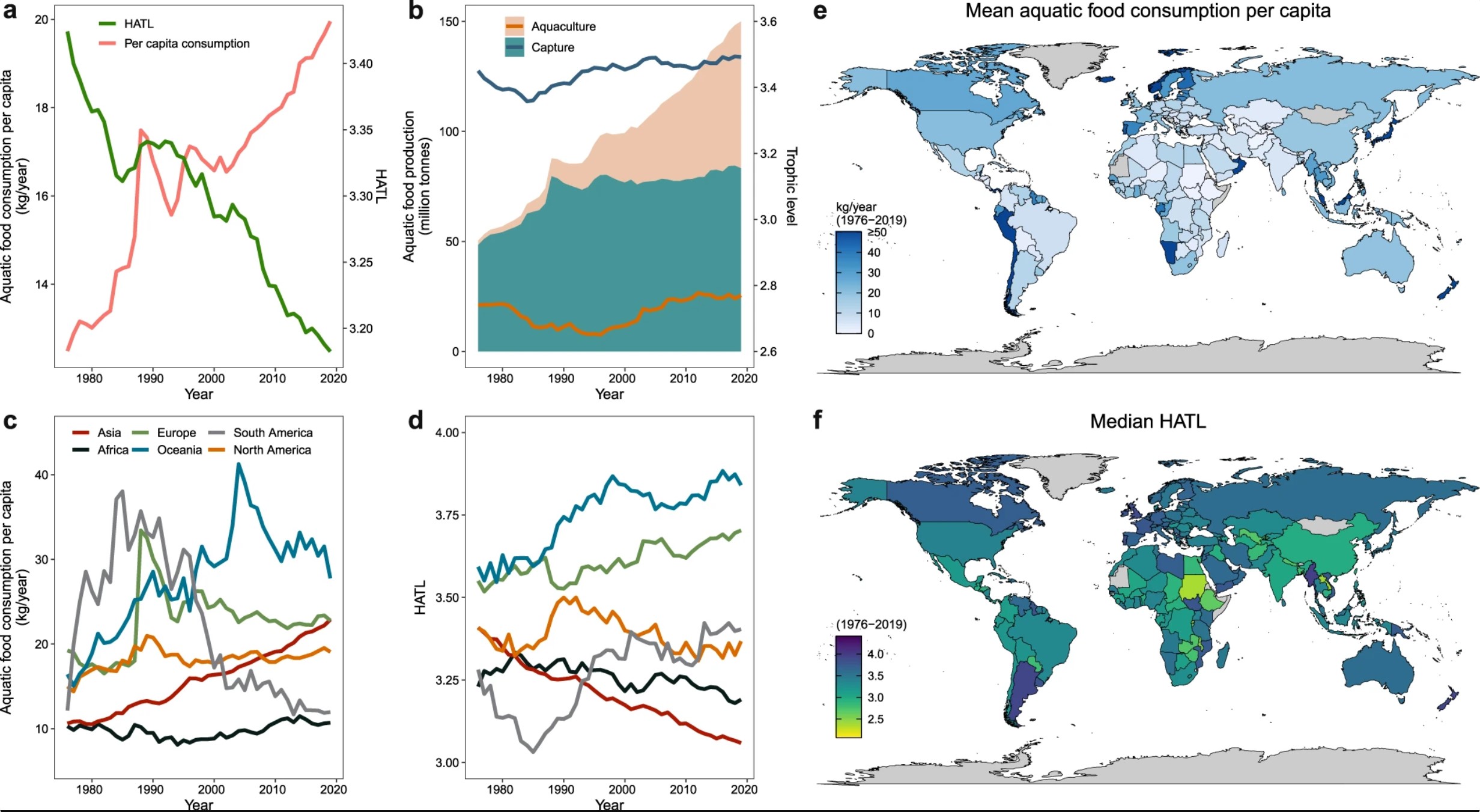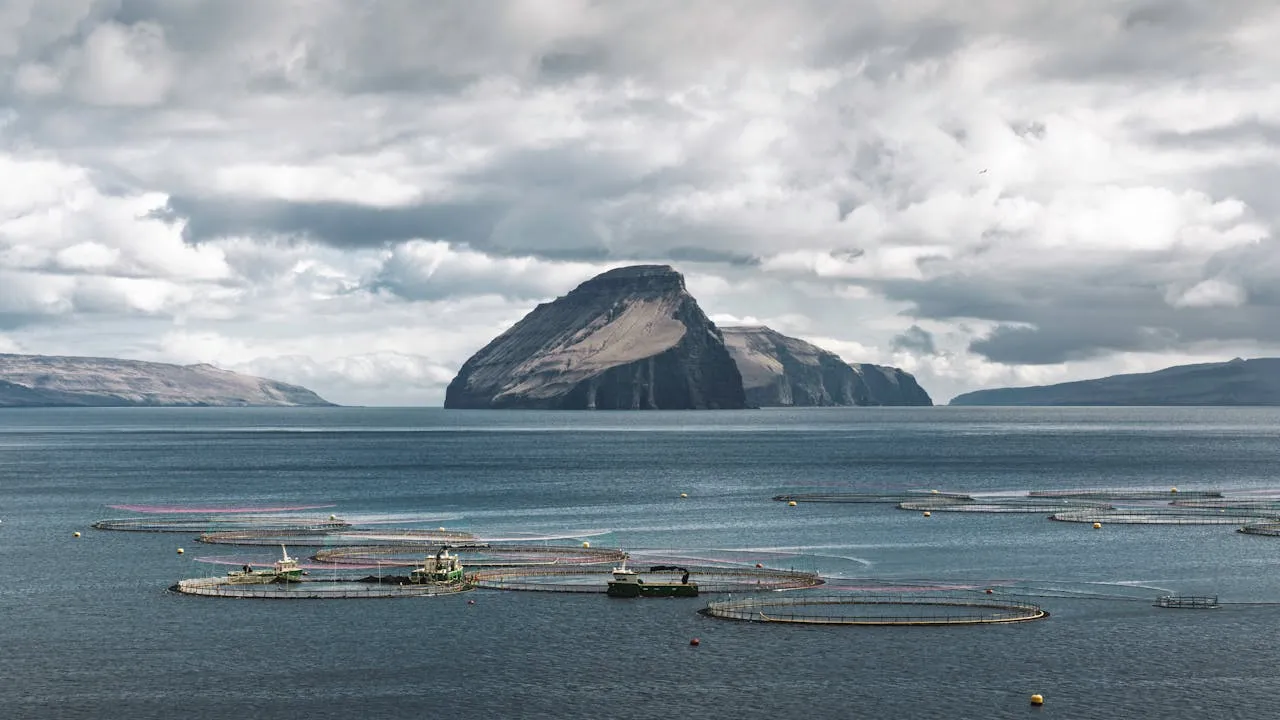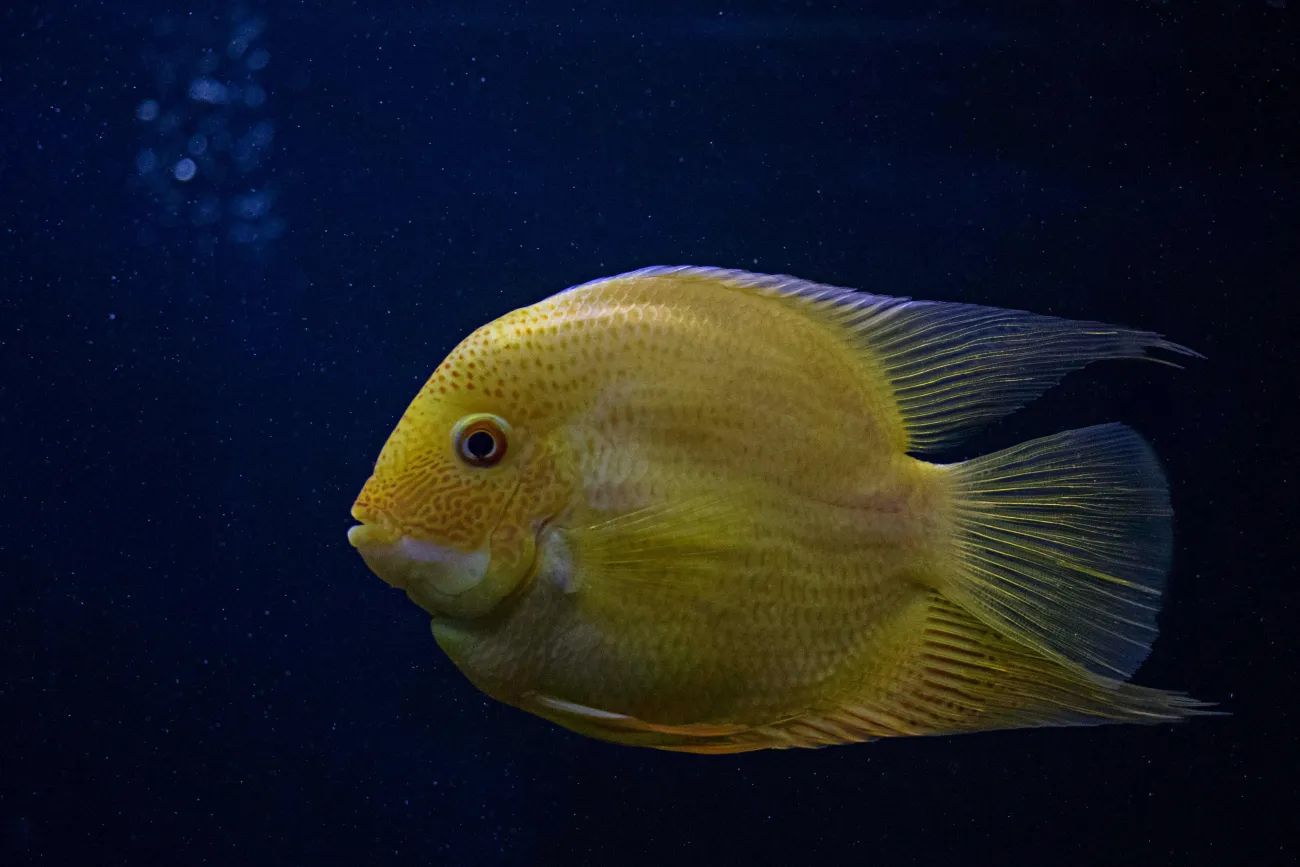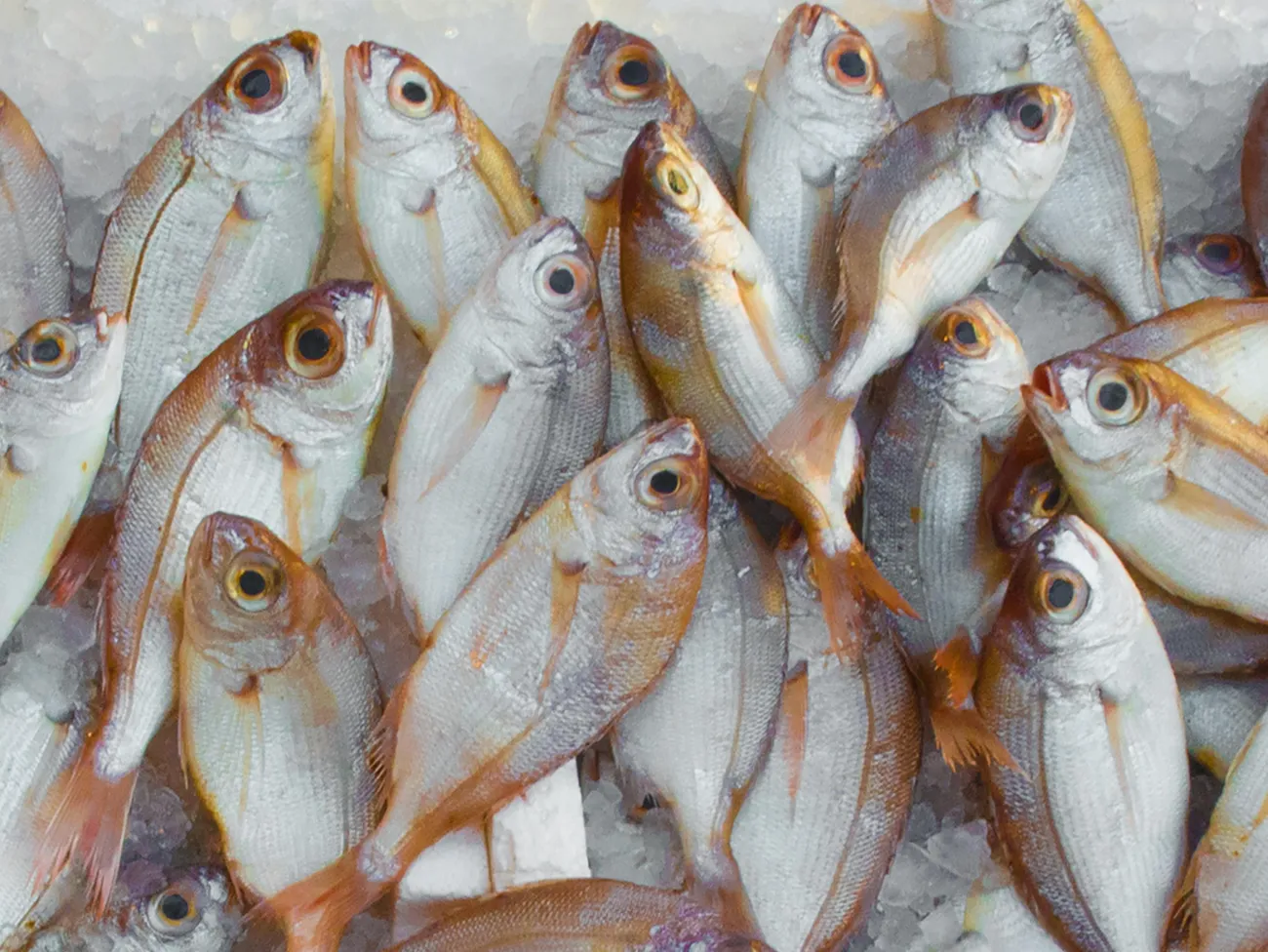This article explores the role of trade as a potential driver of inequitable aquatic food distribution through its analysis of global aquatic food consumption patterns, trade characteristics, and impacts from 1976 to 2019. The authors find an increase in per capita consumption of aquatic foods over this time period at the global scale, a reduction in the average consumption rate of foods higher in the aquatic food chain, and improved distribution of high value aquatic foods through structural trade patterns. The authors hope to contribute to future research on the globalisation of aquatic food systems, aquaculture and the impacts of trade on food security.

Summary
This article explores the role of trade as a potential driver of inequitable aquatic food distribution through an analysis of global aquatic food consumption patterns, trade characteristics, and impacts from 1976 to 2019. They define ‘aquatic foods’ as all freshwater and marine fish, cephalopods, and crustaceans found in the datasets. The researchers used the FAO national fisheries and aquaculture production and trade data to develop a species-level mass balance dataset for 174 countries and territories. The article relies on data of aquatic food trophic levels, or the relative position of the food item in the aquatic food chain. To illustrate, a killer whale has a high trophic level as a top carnivore whilst primary producers such as phytoplankton have a low trophic level. The authors use this metric as a proxy for aquatic food value, with higher trophic levels of food generally equating to higher price values. From their analysis, the authors find an increase in per capita consumption of aquatic foods over this time period at the global scale, a reduction in the global average trophic level of aquatic foods consumed, and a more equitable distribution of high value aquatic foods through structural trade patterns. The authors hope to lay groundwork for future research on the globalisation of aquatic food systems, aquaculture and the impacts of trade on food security.
The article discusses the rapid development of aquaculture over the past several decades, which can be largely attributed to the unsustainable depletion of fish stocks as a result of increasing global demand for fish. The authors note a critical lack of detailed production and trade data in the fishing industry, resulting in poor insights into global aquatic food consumption patterns and the impact of trade. The authors claim research on the impact of trade on aquatic food production lags behind the collective understanding of the role of trade in land-based food systems. They state this is in large part due to incongruencies between the reporting of species caught and products sold and weight losses during processing of aquatic foods.
The article relies on data on aquatic food trophic levels, or the relative position of the food item in the aquatic food chain. The authors use this metric as a proxy for aquatic food value, with higher trophic levels of food generally equating to higher price values. The article finds that the human aquatic food trophic level (HATL) has declined between 1976 and 2019; meaning that on average, humans are eating aquatic foods lower in the ecological food chain. This is contrary to the global trend of the human terrestrial food trophic level (HTL) which has increased over the same time period. This means that, on average, humans have been eating animals higher in the ecological food chain when aquatic and terrestrial food sources such as cows are considered together. This has occurred during a period of increased global per capita consumption of aquatic foods which can be seen in Figure 1. The researchers provide two explanations for the trend of decreasing HATL. First, the fish derived from aquaculture systems that we consume tend to be from significantly lower trophic levels than those we consume from wild capture sources.. And second, global aquaculture output has significantly increased from 6% of total aquatic foods in the 1960s to 56% in 2020. This is compared to relatively stagnant levels of wild capture output. They claim this trend is encouraging as it points to a reduction in dependence on multiple marine ingredients like fishmeal and oil as lower trophic level aquatic foods like shrimp have better resource conversion efficiency than salmon.

Figure 1: Aquatic food production and consumption trends between 1976 and 2019 demonstrating global average total consumption and human aquatic food trophic level and country specific trends
The researchers also make regional observations, finding that Asia’s per capita aquatic food consumption has increased rapidly whilst consumption in Europe and South America rose for a short time period but then fell sharply after the 1990s. Generally the researchers note that developing countries consume less fish, from lower trophic levels per capita than do citizens with more developed countries.
These consumption patterns are mediated by import and export trade patterns. The researchers found that between 1976 and 2019, the trade structure and consumption features of aquatic foods changed in most regions around the world. Asia and South America generally demonstrated higher demand for high trophic level items with trophic levels of imports surpassing exports. In other words, these regions are showing demand for high value, high trophic level aquatic foods such as salmon as opposed to crustaceans. North America and Europe show the opposite trend, with the export trophic level now higher than the import trophic level in recent years.
The study demonstrates that there has been an increase in the availability of aquatic foods whilst the global trophic level of consumed aquatic foods has been declining. There have also been reduced differences in the HATL by geographic region, but inequalities still remain; there are regions, especially in the Global South, where per capita consumption remains low and has not been significantly impacted by trade. The authors did not include data from molluscs or aquatic plants due to lack of data, despite recent trends of increased consumption of these foods. They note their inclusion would likely lower HATL estimates, meaning there may have been an even more significant reduction in trophic level of aquatic food in recent decades.
Abstract
Globalization of fishery products is playing a significant role in shaping the harvesting and use of aquatic foods, but a vigorous debate has focused on whether the trade is a driver of the inequitable distribution of aquatic foods. Here, we develop species-level mass balance and trophic level identification datasets for 174 countries and territories to analyze global aquatic food consumption patterns, trade characteristics, and impacts from 1976 to 2019. We find that per capita consumption of aquatic foods has increased significantly at the global scale, but the human aquatic food trophic level (HATL), i.e., the average trophic level of aquatic food items in the human diet, is declining (from 3.42 to 3.18) because of the considerable increase in low-trophic level aquaculture species output relative to that of capture fisheries since 1976. Moreover, our study finds that trade has contributed to increasing the availability and trophic level of aquatic foods in >60% of the world's countries. Trade has also reduced geographic differences in the HATL among countries over recent decades. We suggest that there are important opportunities to widen the current focus on productivity gains and economic outputs to a more equitable global distribution of aquatic foods.
Reference
Zhao, K., Gaines, S.D., García Molinos, J., Zhang, M., Xu, J., 2024. Effect of trade on global aquatic food consumption patterns. Nature Communications 15, 1412.
Read more here and see our blog To eat fish or not to eat fish? That is the wrong question.




Comments (0)